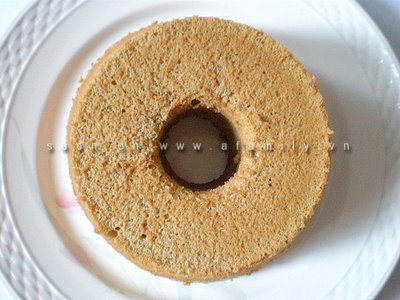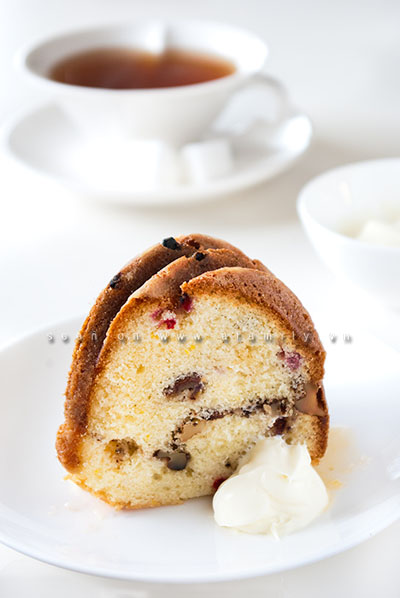1. If the cake does not rise evenly in the oven:
- The dough is not mixed well into the main mixture.
- The temperature in the oven is uneven or too high.
2. For cakes using the method of separating egg whites and egg yolks:
If the cake is dense and heavy, doesn’t rise:

- The dough is not mixed correctly. It should be gently and firmly mixed. If using a mixer, mix at the slowest speed possible.
- Adding melted butter into the mixture when it is still hot, causing the butter to sink through the beaten egg white mixture.
- The oven temperature is too low.
When the surface of the cake is dented:
- The cake is not baked for enough time.
- The oven is opened too soon.

3. Cakes using buttercream and sugar:
If the dough is lumpy and separates water:
- The ingredients should not be at room temperature before using.
- The butter and sugar are not beaten enough to become fluffy before adding the eggs.
- The eggs are added too quickly.

If the cake is heavy and dense:
- The butter, sugar, and eggs are not beaten for enough time to achieve the desired fluffiness.
- The dough is mixed at a high speed.
- Too much flour added to the buttercream mixture.
- The oven temperature is not hot enough.

- The oven temperature is too high, causing the outer part of the cake to quickly bake. Meanwhile, the inside of the cake is still uncooked and continues to rise, resulting in cracks on the surface of the cake.
- The cake pan is not placed in the middle of the oven.
- The dried fruits are too large and heavy.
- The sugar or syrup on the dried fruits is too sticky – it causes the dried fruits to sink when the dough is heated during baking.

- After rinsing or removing the sugar/syrup on the dried fruits, do not coat them with flour before adding them to the mixture.
- The dough is beaten/mixed for too long or too vigorously, so it can’t hold the dried fruits in place.
- The oven temperature is too low, causing the mixture to flow before it becomes dense enough to hold the dried fruits in place.






























